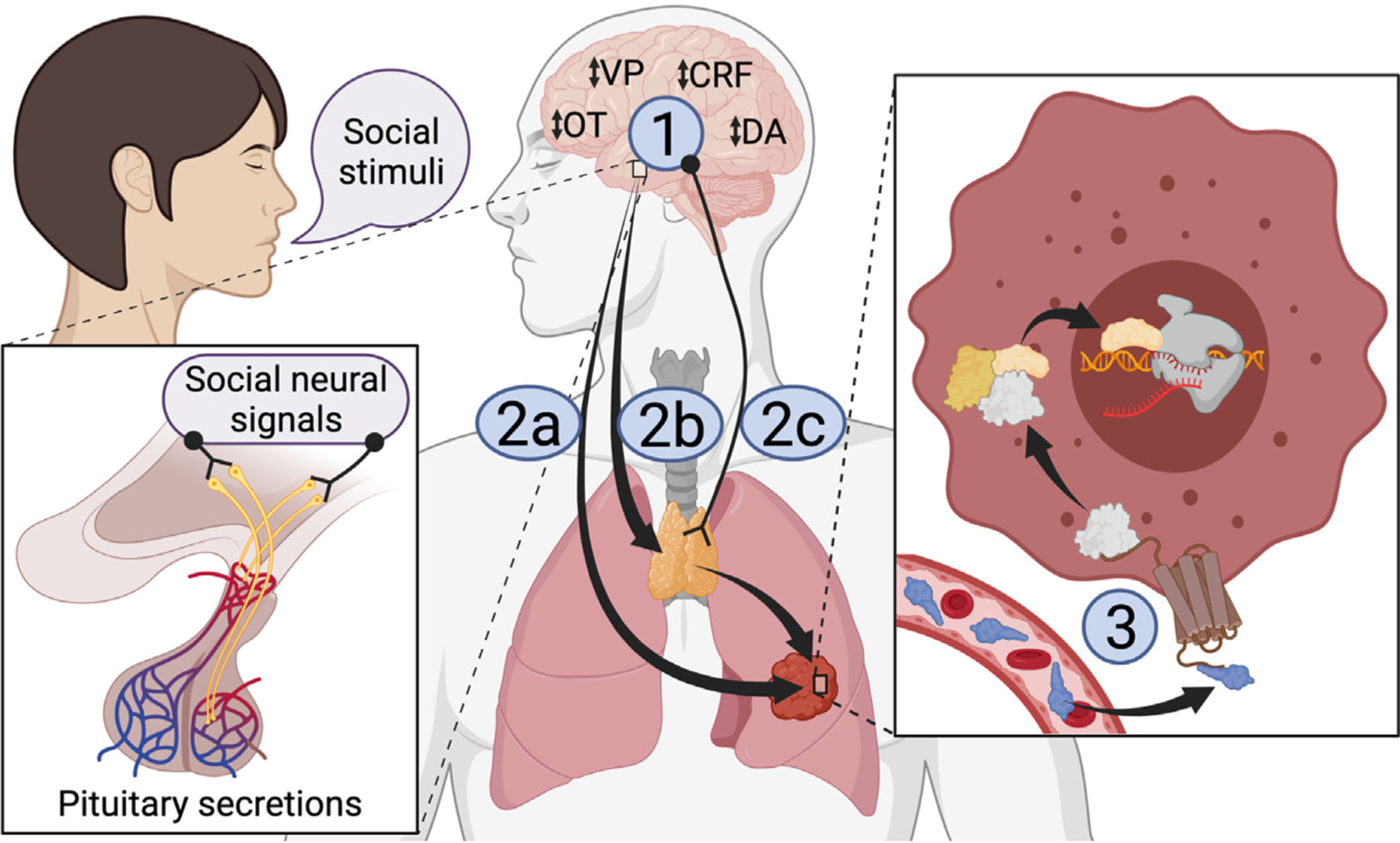Figure 1. Proposed model for the transduction of social stimuli into a physiological signal that influences cancer progression.

Social stimuli are processed by neural networks utilizing oxytocin (OT), vasopressin (VP), corticotropin-releasing factor (CRF), and dopamine (DA), which also regulate pituitary secretions into the circulation (1). These secretions may act as humoral factors that directly impact on the tumor (2a) or as secretagogues that trigger the release of a humoral factor from other tissues (2b). Alternatively, neural innervation of intermediary tissues could trigger the release of a humoral factor (2c). The humoral factor binds to receptors on tumor cells, thereby altering tumor physiology and progression (3).
